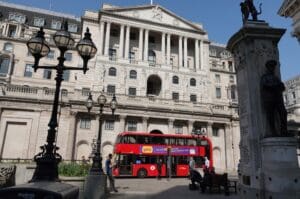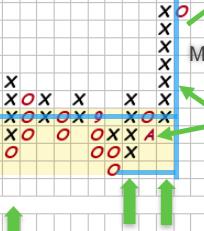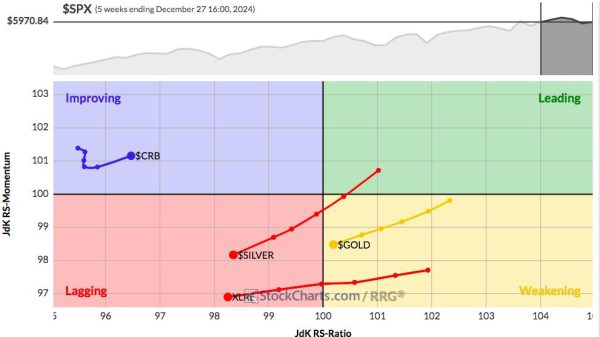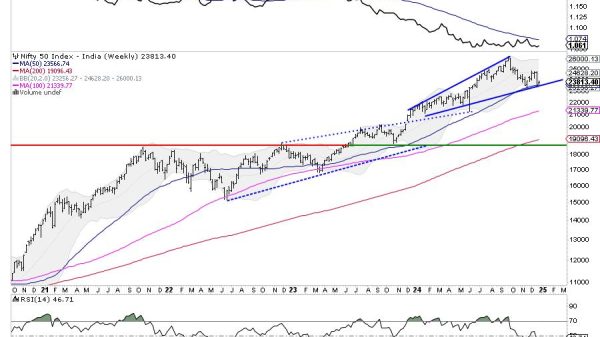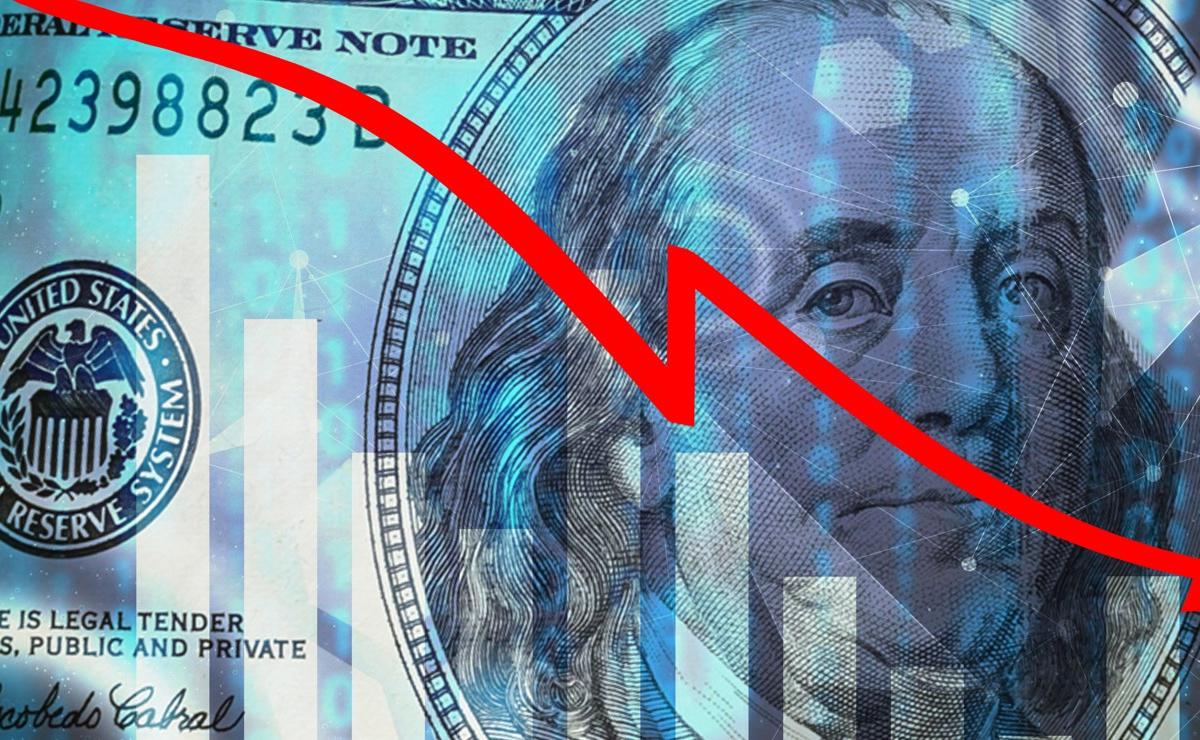Keynesian policies are damaging what they were intended to support. No example is more evident than the United States. A few years ago, in 2021, I had a conversation with Judy Shelton where she said that the recovery would be much stronger without the stimulus package, and she was right. Massive government spending and currency printing have left a much weaker labor market and poorer citizens.
In June, nonfarm payrolls increased by 209,000, the smallest advance since the end of 2020, after two consecutive downward revisions in the prior months, according to the Bureau of Labor Statistics (BLS). If we look at employment statistics beyond the headline unemployment rate, we can see that the labor force participation rate was 62.6 percent for the fourth consecutive month, and the employment-population ratio, at 60.3 percent, was unchanged over the month, according to the BLS. Both measures remain below pre-pandemic levels (63.3% and 61.1%, respectively) after years of enormous entitlement and spending programs.
Workers are not satisfied, and there is a reason for it. All the money printing has created elevated inflation and a recovery where the United States has seen 26 consecutive months of negative real wage growth. We have not seen such a negative recovery for American workers in decades.
U.S. citizens are surviving on record levels of debt. Credit card debt, according to the Federal Reserve, reached a record high in the first quarter of 2023, while personal savings as a percentage of disposable income remain well below pre-pandemic levels at 4.6%, a massive 44.7% decline from the figure at the end of 2019. Real retail and food service sales bounced after the re-opening of the economy but remain below the April 2022 peak and are down in six of the last seven months.
It is no surprise that the University of Michigan Consumer Sentiment Index is still 40% below the level prior to the COVID crisis slump.
We have to put these poor figures in the context of a so-called “stimulus” that built a federal deficit that surpassed the $7 trillion mark between 2020 and the first quarter of 2023. We often read the MMT nonsense that deficits are reserves for the private sector and a tool for growth and prosperity.
The reality is that American workers are much worse off and need to work harder to make ends meet as the inflationary tax eats away at their savings and wages.
Of course, the excuse is to say that without the massive U.S. government spending plan, things would be much worse, but that is typical counterfactual nonsense. These large government spending plans were not created to mitigate a weak recovery, but as a tool to strengthen and accelerate it. And the reality is that the recovery is weaker than the historical trend, real wage growth is negative, and debt is much higher. Thus, in terms of return on invested capital, the stimulus plan has detracted from a recovery that was already evident simply because of the re-opening of the economy.
We can also argue that the stimulus plan financed with newly created currency in the middle of a lockdown has been the main cause of inflation, as the studies of Claudio Borio and others have demonstrated (“an upsurge in money growth preceded the inflation flare-up, and countries with stronger money growth saw markedly higher inflation,” BIS Bulletin, No. 67, January 26, 2023).
Why am I discussing these figures? Because the backlash from these stimulus plans will likely lead to a recession, the government will present itself again as the solution with yet another multi-trillion-dollar misguided measure. However, this time the ability to increase the deficit is simply not there, as even the most optimistic estimates see a $14 trillion accumulated deficit through 2032 with the current budget proposals.
The next stimulus plan may lead to a huge debt-deflation spiral Japan-style if population aging and de-industrialization continue, or even worse, stagflation if the government decides again to use the misguided stimulus checks. You got $1,000 from the government, and the inflationary tax took $3,000 from you.
It is evident that we have reached the point of debt saturation, where new stimulus packages simply generate no multiplier effect but make citizens poorer until the next one makes things even worse. Someday, policymakers may start to realize that progress comes from saving and prudent investment, not spending and debt.


